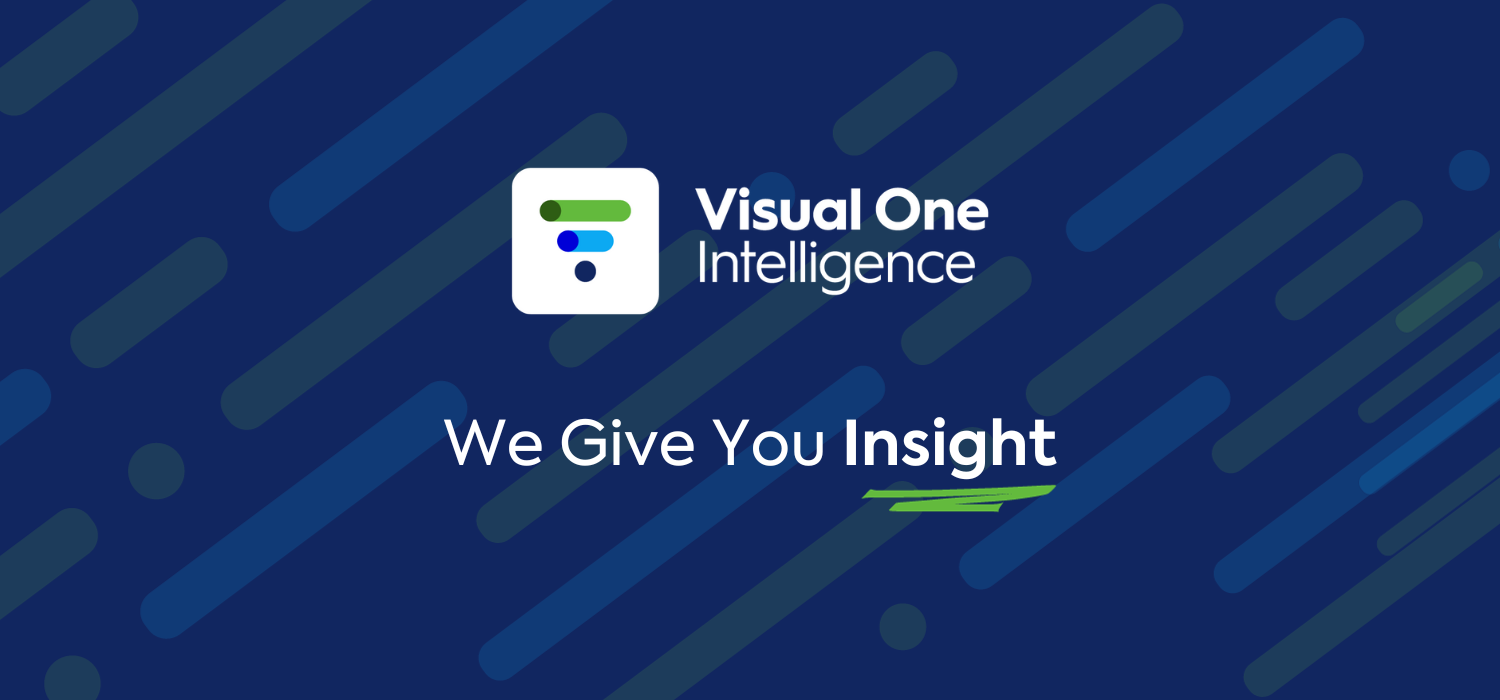Share this:
IT teams can do better than traditional monitoring tools allow.
No one ever wants to wait for bad symptoms.
For too long in human history, our only option for treating diseases was to wait for them to strike. There was no way to know before diseases occurred. No understanding of their causes or warning signs.
You just had to wait for the damage to be done.
Fortunately, the last 200 years have changed all of that. Our determination to prevent diseases more often than we treat them has led to countless advances in understanding. Medicine has evolved.
IT hasn’t been around nearly as long as the study of medicine, but it is evolving in the same direction: away from reactive fixes and towards proactive prevention.
You Should Know Something is Wrong Before it Causes Problems
For a long time, the best we could do in IT infrastructure management was monitor for problems and fix them as they occur. The 3 AM phone call was “just part of the job.”
Now, it’s a reason top talent considers looking for a new role.
Just like our health systems have evolved to predict & detect medical risk factors, IT infrastructure has evolved too. Despite our increasingly complex data environments, we know more than ever about the specific misconfigurations that lead to errors and slowdowns.
Moreover, artificial intelligence lets us train machines to spot anomalies in a specific environment. These anomalies might not trigger alerts in a different environment, but because they are unexpected in this environment they can indicate trouble ahead.
In other words, infrastructure teams can plausibly do what they couldn’t before: completely avoid misconfigurations, outages, vulnerabilities, and waste in the first place.
For a long time, the traditional approach to infrastructure health was “realtime monitoring.” With 24/7 watchfulness, realtime monitoring tools will tell you the instant something bad happens in your storage, cloud, compute, network, etc.
The problem is that, besides straining IT bandwidth and creating alarm fatigue, realtime monitoring also:
- does not stop the damage from occurring,
- does not predict or prevent additional future problems,
- does not usually provide a clear call to action,
- does not usually provide sufficient historical data analysis needed to fix the problem.
We Can Do Better Than Realtime Monitoring
Organizations are no longer content to fix outages, slowdowns, and budget overruns after the initial damage is already done.
Gartner predicts that by 2027, for example, 80% of organizations will have reduced traditional network monitoring tools. At the same time, 47% of organizations say they plan to adapt “advanced analytics” before then to answer questions like:
- What is likely to happen?
- What should be done?
In other words, IT infrastructure health is catching up to medicinal health: A megabyte of prevention is worth a terabyte of cure.
If the goal of IT monitoring is better observability, then this makes sense. True observability – clear vision – doesn’t come from seeing every available data point (missing the forest for the trees) but from understanding which data points matter and why.
Seeing too much data (a common side-effect of realtime monitoring tools) can cause confusion about what’s happening in your environment and where you should turn your attention. In these situations, identifying which data points are relevant for fixing or preventing a problem is like searching for a needle in a haystack.
On the other hand, advanced analytics (often driven by AI) propel teams beyond the limited reach of outdated monitoring technologies by correlating data points and interpreting them within their context. The “needle in the haystack” becomes the starting point instead of the end goal, and administrators can spend their time preventing problems instead of looking for them.
Visual One Intelligence®’s predictive AI, for example, goes beyond the limited reach of outdated monitoring technologies by using anomaly detection, incident profiles, risk factor identification, and more to spot the warning signs of trouble long before a problem occurs.
We show you what is likely to happen and what you can do to prevent it. Then, thanks to our integration with ServiceNow, we make it easy to start taking action in a single click.
In this way, our proactive monitoring prevents outages, misconfigurations, performance bottlenecks, cloud waste, capacity overruns, overprovisioning, migration failures, and more every day. One client, for example, went from 15,000 yearly tickets for over-capacity resources to less than 100.
We’ve even helped clients spot signs of potential ransomware intrusions thanks to our ability to spot when something is out of place in a way that matches risk profiles.
Data growth is exploding, infrastructures are splintering across multiple platforms, and management is becoming more complicated in many ways. But monitoring shouldn’t be one of them.
Make this the year you transition to a prevention-first mindset (and hopefully a prevention-first toolset). You’ll be amazed by the impact on your time, budget, and peace of mind.






